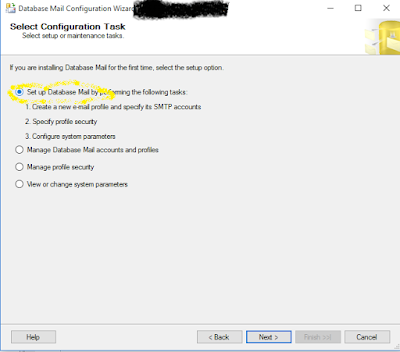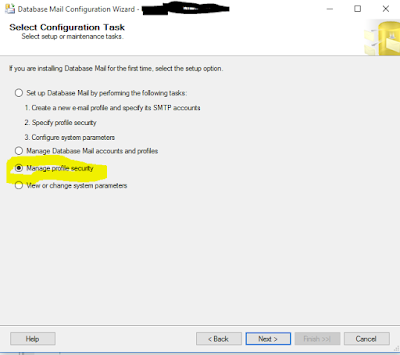SessionState is an object that reflects the current state of your PowerShell environment. You can find this object in the $ExecutionContext automatic variable:
$executioncontext.SessionState
$executioncontext.SessionState
Drive : System.Management.Automation.DriveManagementIntrinsics
Provider : System.Management.Automation.CmdletProviderManagementIntrinsics
Path : System.Management.Automation.PathIntrinsics
PSVariable : System.Management.Automation.PSVariableIntrinsics
LanguageMode : FullLanguage
UseFullLanguageModeInDebugger : False
Scripts : {*}
Applications : {*}
Module :
InvokeProvider : System.Management.Automation.ProviderIntrinsics
InvokeCommand : System.Management.Automation.CommandInvocationIntrinsics
Provider : System.Management.Automation.CmdletProviderManagementIntrinsics
Path : System.Management.Automation.PathIntrinsics
PSVariable : System.Management.Automation.PSVariableIntrinsics
LanguageMode : FullLanguage
UseFullLanguageModeInDebugger : False
Scripts : {*}
Applications : {*}
Module :
InvokeProvider : System.Management.Automation.ProviderIntrinsics
InvokeCommand : System.Management.Automation.CommandInvocationIntrinsics
PSVariable sub-object will retrieve the value of any variable and can also be used to modify variables:
$value = "Test"
Lets retrieve variable contents by using PSVariable:
$executioncontext.SessionState.PSVariable.GetValue("value")
Test
Similarly use Set method to modify variable contents:
$executioncontext.SessionState.PSVariable.Set("value", 100)
$value
100
Remove method will simply remove the variable:
$executioncontext.SessionState.PSVariable.remove("value")
Now if you try to get the contents of variable you will get nothing:
$executioncontext.SessionState.PSVariable.GetValue("value")
You can list down all the available methods in PSVariable object by following cmdlet:
$executioncontext.SessionState.PSVariable | Get-Member -MemberType Methods
Drive subobject lets you manage drives in PowerShell. You could retrieve the current drive by Current property:
$executioncontext.SessionState.Drive.Current
GetAll() lists all available drives and is equivalent to the Get-PSDrive cmdlet:
$executioncontext.SessionState.Drive.GetAll()






